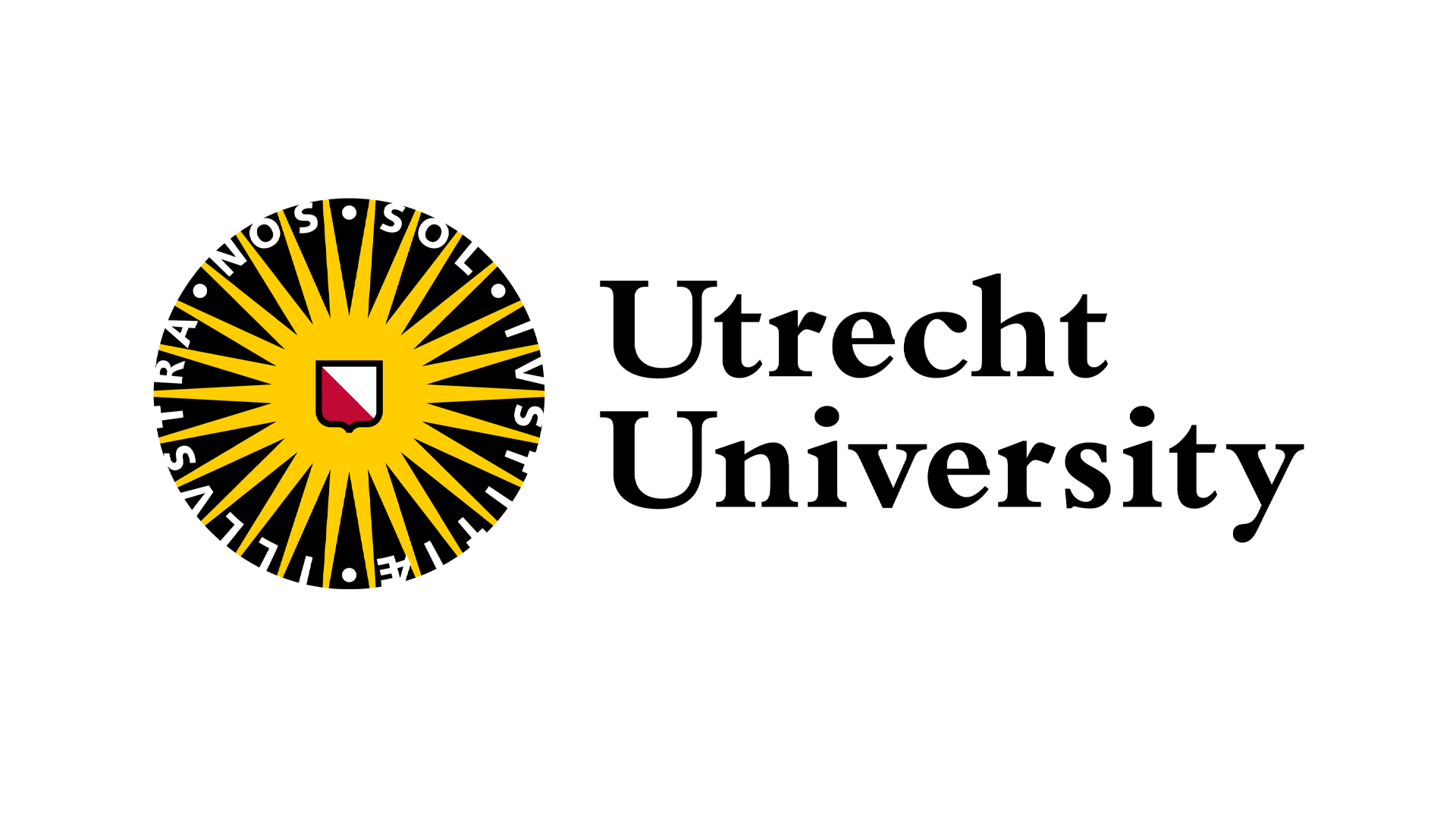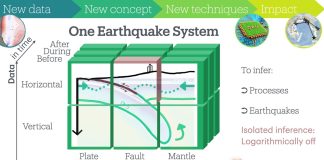Earthquakes remain one of the most unpredictable and destructive natural disasters, affecting millions worldwide.
Understanding earthquake physics is crucial to improving hazard assessments and developing an understanding of where, when and how faults will move. At the forefront of this research is Dr Ylona van Dinther, an associate professor at Utrecht University, whose innovative work bridges the gap between long-term tectonic processes and short-term earthquake dynamics.
With nearly a decade at ETH Zurich before joining Utrecht in 2018, Dr van Dinther has led groundbreaking studies that integrate numerical models across different time scales – from millions of years down to milliseconds.
Her pioneering approach has earned her multiple prestigious awards, including the Jason Morgan Early Career Award from the American Geophysical Union and the Royal Netherlands Academy of Arts and Sciences (KNAW) Early Career Award.
Advancing our understanding of earthquake mechanics
Dr van Dinther’s research spans multiple disciplines, including tectonics, seismology, fault mechanics, and mantle dynamics. Her primary goal is to enhance our understanding of the tectonic and rheological factors that dictate the occurrence of fault slip events – ranging from devastating earthquakes to slow slip and continuous creep.
Using cutting-edge numerical models, her team develops seismo-thermo-mechanical simulations that integrate geological and geophysical data. These models predict new, verifiable observations and provide statistically meaningful insights, significantly improving earthquake and tsunami hazard assessments worldwide.
To refine earthquake hazard assessment, Dr van Dinther and her team employ ensemble data assimilation – a statistical approach originally developed for weather forecasting. By applying this method to earthquake physics, they aim to enhance the accuracy of stress and slip forecasts on fault systems. Following a successful synthetic proof of concept, their current research integrates data from laboratory experiments under the DeepNL framework.
Cutting-edge research: The RESET project
Dr van Dinther leads the ERC-funded project RESET, a €2.5m initiative designed to revolutionise earthquake location imaging and forecasting.
This project unifies physical processes occurring across subduction interfaces, tectonic plates, and the mantle, providing an innovative earthquake system model. By incorporating satellite observations and advanced numerical techniques, RESET seeks to improve forecasts of earthquake locations, magnitudes, and possibly even timing.
A key innovation of RESET is extending inversion methods to include vertical velocities, enhancing our ability to assess earthquake depth and impact. These advancements could significantly improve earthquake risk assessments for the three billion people living in seismically active regions worldwide.
RESET leverages state-of-the-art high-performance computing, applying forward and inverse modelling techniques on graphical processing units (GPUs). These advanced models build upon previous breakthroughs, successfully predicting newly observed vertical velocities and integrating vast datasets into a visco-elasto-plastic Earth-like system.
Postdoc & PhD opportunities in earthquake modelling
Utrecht University’s Department of Earth Sciences is currently recruiting highly motivated individuals for postdoctoral and PhD positions in earthquake system modelling. These positions, predominantly funded through RESET, offer a unique opportunity to contribute to groundbreaking research that could reshape our understanding and forecasting of earthquakes.
Available positions:
- Postdoctoral researcher (up to four years)
- PhD candidate (four years)
The roles involve using forward and inverse modelling techniques to simulate earthquake sequences within subduction zones. Successful candidates will join the Earth Simulation Laboratory at Utrecht University, one of the largest experimental research facilities dedicated to Earth sciences. Under the supervision of Dr van Dinther, researchers will collaborate with leading experts in seismology, tectonophysics, and computational geodynamics.
Position 1: Forward modelling
- Develop 2D and 3D earthquake system models using GPU-based solvers.
- Implement invariant rate-and-state friction formulations.
- Simulate tectonic and seismic interactions in key regions such as Chile, Japan, and the Cascadian subduction zone.
Position 2: Inverse modelling
- Apply Bayesian inference to earthquake system modelling.
- Develop adjoint-based inverse methods to infer fault motions.
- Leverage multi-parameter and multi-observational data for imaging future earthquake locations and system parameters.
Postdoctoral researchers may supervise PhD and MSc projects, while PhD candidates will engage in a structured training programme that includes coursework, teaching assistance, and professional development.
Employment terms:
- Postdoctoral researcher: Salary €3,879–€5,331/month (full-time, scale 10, CAO NU)
- PhD candidate: Salary €2,901–€3,707/month (full-time, scale P, CAO NU)
- Both positions include: An 8% holiday bonus, an 8.3% end-of-year bonus, pension schemes, flexible employment conditions, and access to university facilities.
Application and contact information
Candidates from diverse backgrounds with strong computational skills, expertise in numerical modelling, and an interest in earthquake physics are encouraged to apply.
Application deadline: 20 April 2025
For further details, please contact Dr Ylona van Dinther at y.vandinther@uu.nl. You can also find more information by clicking here.
Pushing the boundaries of earthquake science
By joining Dr van Dinther’s team, you will be part of a transformative research initiative that advances the field of earthquake physics and enhances global hazard assessment. Whether through forward modelling, inverse methods, or high-performance computing, your contributions will help shape the future of seismic risk mitigation and scientific discovery.



